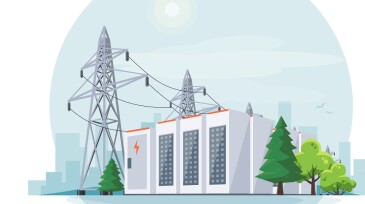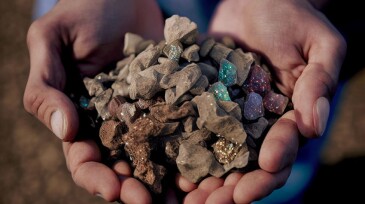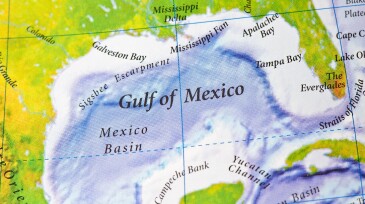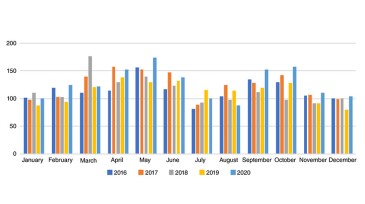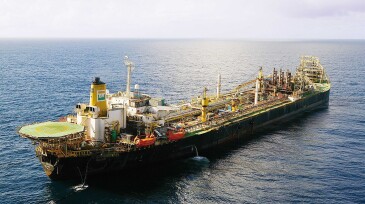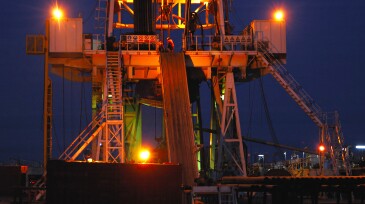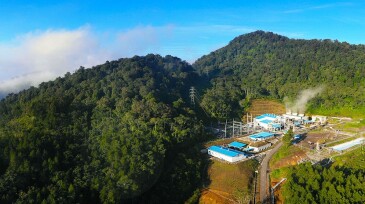sustainability
-
Energy storage is essential to a clean electricity grid, but aggressive decarbonization goals require development of long-duration energy storage technologies.
-
The year 2023 contained several important sustainability narratives and trends. Three key ones are the anti-ESG movement, China’s acceleration of a clean economy, and the rise of reporting regulations.
-
The increasing demand for critical minerals—the building blocks of an electrified future—is creating opportunities for the oil and gas industry to apply its extensive knowledge, tools, and data to help meet the demand.
-
The Gulf region can leverage its energy history, infrastructure, capacity, and expertise to lead the energy transition.
-
This paper investigates the extent to which corporate social responsibility (CSR) initiatives of oil companies operating in the Niger Delta area of Nigeria contribute to the development of host communities across the region.
-
This paper describes a method to manage high-salinity produced water in an environmentally sustainable way by extracting potable water and reducing discharge water volume by at least 50%.
-
As the vessel moves toward a shipyard to be dismantled, the company said it wants to become a global reference in decommissioning, focusing on sustainability, safety, and care for people and the environment.
-
The agreement covers the upstream to downstream sectors, focusing on global business and development of human capital.
-
The companies have agreed to study the development of geothermal energy in Indonesia to further the country’s goal of adding 3.3 GW of geothermal capacity by 2030.
-
Case studies provide evidence of achievements in corporate sustainability while pursuing the adopted United Nations Sustainable Development Goals, thus highlighting the possibilities made available by digital twin technology.

